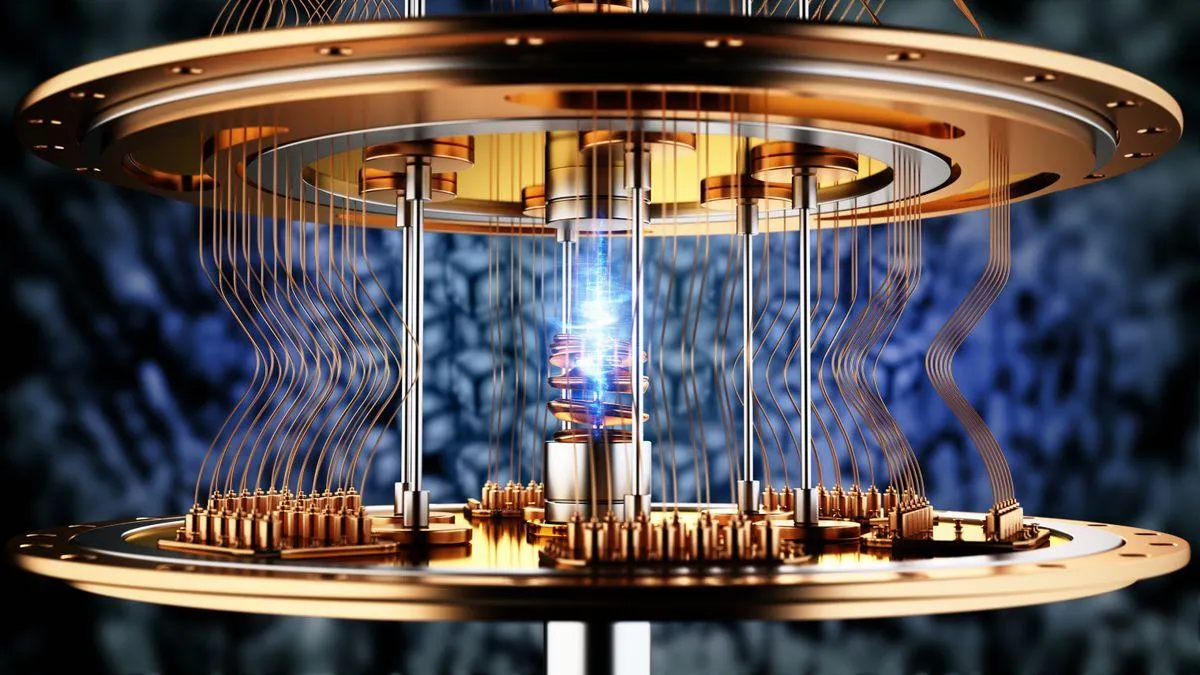
Quantum Leap: Google's Newest Breakthrough in Quantum Computing
Quantum Leap: Google's Newest Breakthrough in Quantum Computing
Imagine a time and space where quantum computers, the next generation of computing technology, become a reality, not just a mere concept.
Thanks to a groundbreaking breakthrough by Google Quantum AI and its academic collaborators, we are closer than ever.
The machines of the future, Quantum computers are considered essential in unlocking new scientific discoveries in fields from particle physics to drug discoveries and materials design.
One major obstacle has been the propensity of quantum computers to store or manipulate information incorrectly. This has prevented them from executing long algorithms that are useful.
Google Quantum AI has now made significant strides forward. Google Quantum AI has demonstrated that adding more components to the quantum computer actually reduces these errors. This was previously thought to be impossible due to engineering limitations.
This feat bolsters the thought that error correction is a viable strategy toward building a useful quantum computer, a notion that had its fair share of naysayers.
By encoding data, Quantum Computers use objects that behave according to the principles of quantum mechanics. Quantum Computers store information not only as 1s and 0s, as conventional computers do, but in “superpositions” of 1 and 0 as well. These superpositions are highly sensitive and therefore prone to errors.
Google's team has begun experimenting with encoding each unit of information in multiple physical qubits, creating a single “logical” qubit to combat this. The logical qubit holds onto a unit of information more vigorously than a single “physical” qubit.
Google demonstrated that a logical qubit composed of 105 physical qubits suppressed errors more effectively than a logical qubit composed of 72 qubits in their recent work.
This suggests that increasing the number of physical qubits in a logical qubit suppresses errors which in turn charts a potential path to building a quantum computer with a low enough error rate to perform a useful algorithm.
Researchers report that the lifetime of the logical qubit exceeds the lifetime of its best constituent physical qubit by a factor of 2.4. To put this in perspective, Google findings demonstrate that it can store data in a reliable quantum "memory."
We're witnessing the first step towards an error-corrected quantum computer. Although Google did demonstrate a more robust quantum memory, it has not yet performed any logical operations on the information that is stored in that memory.
Tech giants, such as IBM, are also exploring quantum computing. They are taking a different error correction approach known as low-density parity-check code. IBM believes this method will be easier to scale, as each logical qubit requires fewer physical qubits to achieve comparable error suppression rates.
Regardless of these major advancements, experts warn against overhyping the progress. Hardware development indeed takes time. Consider the cycle of designing, building, and troubleshooting, as this is highly time-consuming.
To execute algorithms with guaranteed practical utility, a quantum computer must perform around a billion logical operations. Although this milestone may not be achieved for some time, the progress made by Google as well others is a promising leap towards that noble goal.
As we stand tall on the precipice of a new era in computing, it is clear that this is only the very beginning of a quantum revolution. Stay tuned for many more updates on this exciting journey into the future of quantum computing.
Keep this discussion moving and thriving with your friends and family. Let's imagine together the endless possibilities that advancement of quantum computing can bring.
